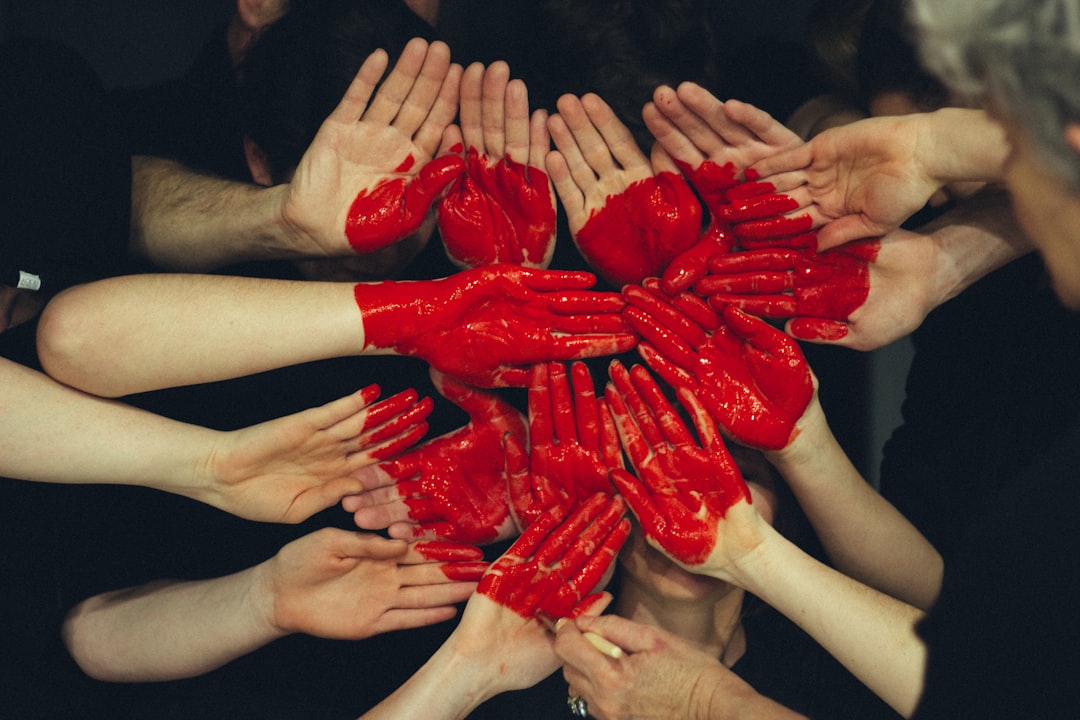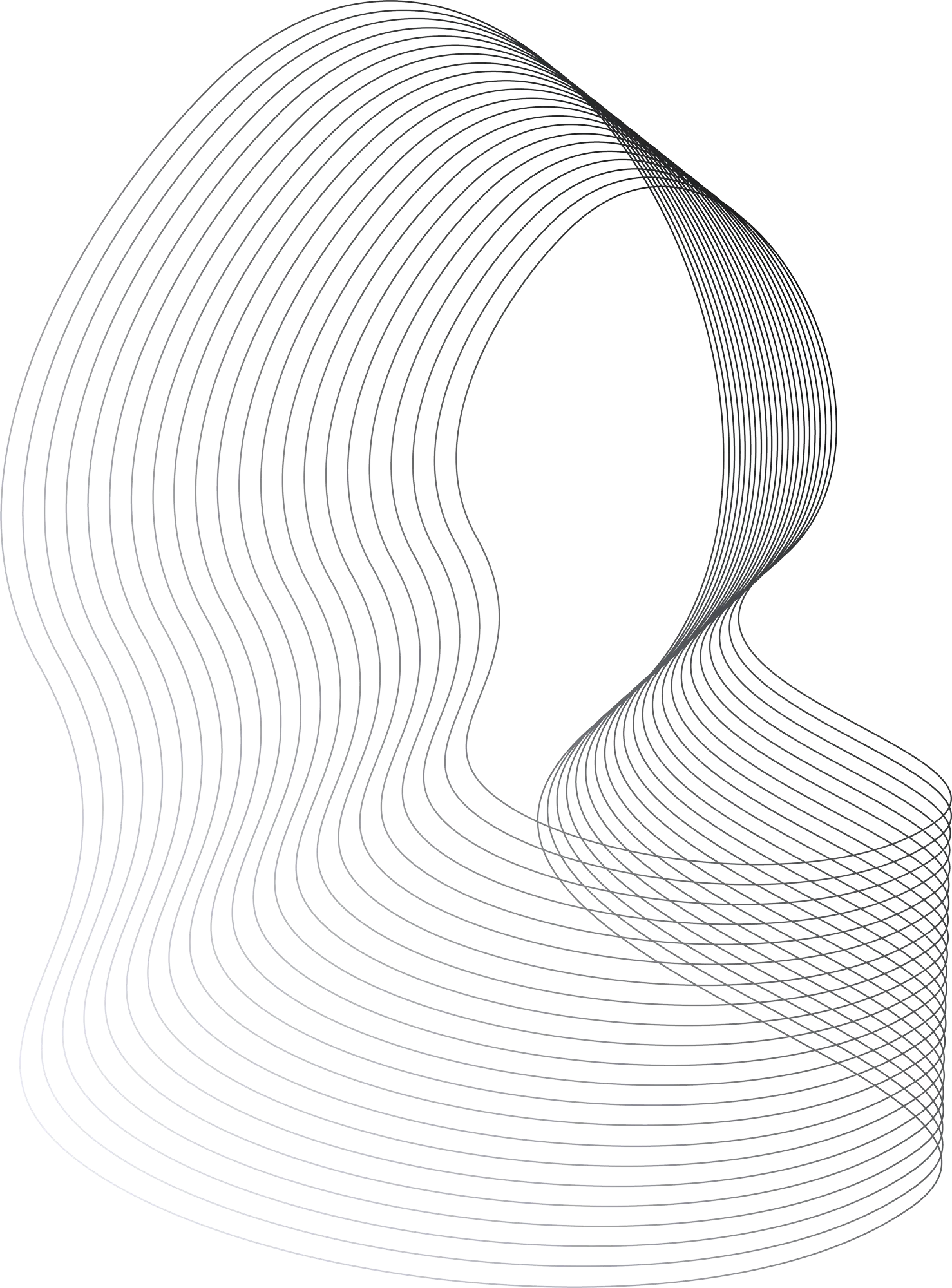A Comprehensive Guide to Nonprofit Donor Engagement Strategies

Why Nonprofit Donor Engagement Matters More Than Ever
Nonprofit donor engagement is the strategic process of building meaningful relationships with supporters that go beyond one-time transactions. Here's what effective donor engagement includes:
Core Components:
- Continuous communication - Regular touchpoints throughout the year
- Personalized interactions - Custom messages based on donor interests and history
- Impact reporting - Showing donors exactly how their contributions make a difference
- Multiple touchpoints - Events, volunteering, social media, and direct outreach
- Authentic storytelling - Sharing real stories that connect emotionally with supporters
Key Benefits:
- Higher donor retention rates (up to 90% for recurring donors vs. 44% for one-time donors)
- Increased lifetime value ($7,604 for recurring givers vs. $3,620 for one-time donors)
- Lower acquisition costs compared to constantly finding new supporters
- Stronger community of advocates who share your mission
The landscape of giving has changed dramatically. Today's donors are skeptical of manipulation and want authentic connections with causes they support. They have information at their fingertips and expect transparency about how their money is used.
Research shows that 90% of the largest nonprofits rely on a single dominant revenue source, making donor retention critical for sustainability. The old approach of asking for money and disappearing until the next campaign no longer works.
Modern donors want to feel like partners in your mission, not just funding sources. They're looking for organizations that share their values and can demonstrate real impact. This shift from transactional to relational fundraising requires a strategic approach to engagement.
The good news? Engaged donors are more likely to give repeatedly, increase their support, and become advocates for your cause. When donors feel connected to your mission and see the impact of their contributions, they become lifelong supporters who help amplify your message.
I'm Mahir Iskender, CEO of KNDR.digital, where I help mission-driven organizations scale with smart technology and AI-powered fundraising systems. Over the years, I've seen how strategic nonprofit donor engagement transforms organizations from struggling with stagnant donations to building thriving communities of supporters.

Quick nonprofit donor engagement terms:
Understanding Modern Donors and Strategic Engagement Models

Modern supporters research charities the same way they shop for a new phone: they read reviews, compare impact, and look for authenticity. They want to be inspired\u0000—not pressured\u0000—and they expect full transparency about how their gift will be used. Recent GivingTuesday research confirms that donors see themselves as partners and respond best to organizations that prove real\u0000world results.
To meet those expectations we need clear, flexible frameworks\u0000donor engagement models\u0000that guide people from first touch to lifelong advocacy.
The Donor Funnel vs. The Donor Pyramid
The classic Funnel excels at turning strangers into first\u0000time givers, while the Pyramid focuses on moving donors up to larger gifts. Both, however, were built for the era of direct mail. Online giving, social media, and peer\u0000to\u0000peer campaigns mean that today\u00019s donor journey is rarely linear.
Modern Engagement Models: The Loop, Cycle, and Network
- Engagement Loop \u0000 keeps donors in a continuous circle of value and appreciation, making retention the main goal.
- Donor Engagement Cycle \u0000 Ask, Thank, Report, Repeat\u0000 formalises the touchpoints that build trust over time.
- Network Model \u0000 treats every supporter as a connector whose voice can reach far beyond your own channels.
Most successful nonprofits blend these approaches, adopting whichever piece best supports a specific objective.
| Model | Goal | Best Use Cases | Primary Focus |
|---|---|---|---|
| Funnel | Acquire new donors | Awareness campaigns | First gift |
| Pyramid | Upgrade gifts | Major & planned giving | Gift size |
| Loop | Foster loyalty | Recurring programs | Retention |
| Network | Amplify reach | Peer\u0000to\u0000peer, advocacy | Community |
The common thread? Each model begins and ends with genuine, two\u0000way relationships.
The Core Donor Engagement Cycle: A Step-by-Step Framework

Think of donor engagement as an ongoing conversation that follows four natural stages.
Step 1: Ask
A great ask is an invitation, not a transaction. Use the donor\u00019s name, reference what matters to them, and offer one clear next step. Meet them on their preferred channel\u0000email, text, phone, or face\u0000to\u0000face. For tactics see our Digital Fundraising Strategies.
Step 2: Thank
Speed and sincerity matter. An instant receipt confirms the gift, but a follow-up video, call, or handwritten card turns gratitude into loyalty. Find more ideas in our Donor Relationship Management guide.
Step 3: Report
Close the loop quickly. Share a short story plus a simple stat or photo to show what the gift achieved. Donors should see themselves\u0000not the organisation\u0000as the hero. Our Nonprofit Storytelling Framework breaks down this method.
Step 4: Repeat
Keep the relationship warm with value-packed, non-ask updates\u0000behind-the-scenes photos, invitations to volunteer, or quick surveys. When the next campaign comes around, the donor will already feel involved. For a deeper dive read our Donor Retention Playbook.
Practical Strategies for Modern Nonprofit Donor Engagement

Engagement is about building community, not broadcasting asks. Below are four proven ways to keep donors close.
Personalization & Segmentation
Address supporters by name, reference their last interaction, and deliver content that matches their interests. AI tools can sort donors into meaningful segments in minutes\u0000see The Complete Guide to AI-Powered Donor Segmentation. Non-ask touches such as behind-the-scenes videos or educational tips are low-cost, high-impact relationship builders.
Storytelling That Converts
Real stories from beneficiaries, volunteers, or frontline staff ignite empathy faster than any statistic. Pair a powerful quote with a short video or photo carousel. For more tips, explore our Digital Marketing for Charities.
Events & Volunteering
Whether it\u00019s a virtual Q&A, a facility tour, or a small thank-you dinner, face-to-face moments create memories that last. Donors who volunteer often contribute 2-3\u0000times more over their lifetime.
Multi-Channel Communication
Mix social posts, email, SMS, and the occasional handwritten note. The trick is to follow the donor\u00019s lead: respond on the channel they use most. Our AI-Driven Email Campaigns show how to automate without sounding robotic.
Leveraging Data and Technology for Smarter Engagement
Spreadsheets can\u00019t keep up with today\u00019s multi-channel donor journeys. A modern CRM serves as your single source of truth, capturing every gift, click, and conversation.
Building a Data-Driven Strategy
Use your CRM to spot patterns: maybe event attendees have higher lifetime value, or donors who get a phone call renew faster. Our Donation Tracking Software checklist and Top Nonprofit Analytics Platforms Compared for 2025 article can help you choose the right tools.
The Power of AI & Automation
Automation handles the repetitive work\u0000receipts, birthday messages, and lapsed-donor reminders\u0000while predictive analytics flags who is ready for an upgrade. KNDR\u00019s results-based model proves the impact: 800+ donations in 45 days or you don\u00019t pay. Learn more in our AI for Donor Retention Playbook.
Measuring Success and Involving Your Entire Team
Strong engagement is everyone\u00019s job, from receptionist to board chair.
Key Metrics
Track:
- Donor retention rate
- Lifetime value (LTV)
- Composite engagement score (opens, clicks, event attendance, volunteer hours)
- Lapse indicators
For a step-by-step guide, see our Nonprofit Fundraising ROI article.
The Role of Staff, Board & Volunteers
Provide quick story-sharing training for staff, and schedule short appreciation calls that board members can make between meetings. Volunteers who experience your programs become authentic ambassadors, extending your reach at no extra cost.
Frequently Asked Questions about Donor Engagement
How often should we contact our donors?
Aim for meaningful contact every four to eight weeks, mixing impact stories, invitations, gratitude, and the occasional ask. Relevance, not frequency, is what prevents fatigue.
What's the difference between donor engagement and donor retention?
Engagement is the ongoing relationship; retention is the measurable result of that relationship. Put simply, engagement is the process, retention is the proof it\u00019s working.
How can a small nonprofit with a limited budget improve donor engagement?
Focus on activities that cost time, not money: handwritten notes, quick phone calls, authentic social posts, and empowering volunteers to share their own stories. Affordable CRM tiers and free design tools give small teams the same personalization power as large organizations.
Conclusion
The era of transactional fundraising is over. Modern supporters expect transparency, conversation, and evidence of impact. By combining the Ask\u0000Thank\u0000Report\u0000Repeat cycle with data-driven personalization and automation, you\u00019ll turn one-time donors into lifelong advocates.
KNDR\u00019s AI-powered systems make this shift achievable\u0000even for lean teams\u0000by automating the busywork and freeing you to build real relationships. Ready to see what\u00019s possible? Transform your fundraising with a holistic digital strategy.



